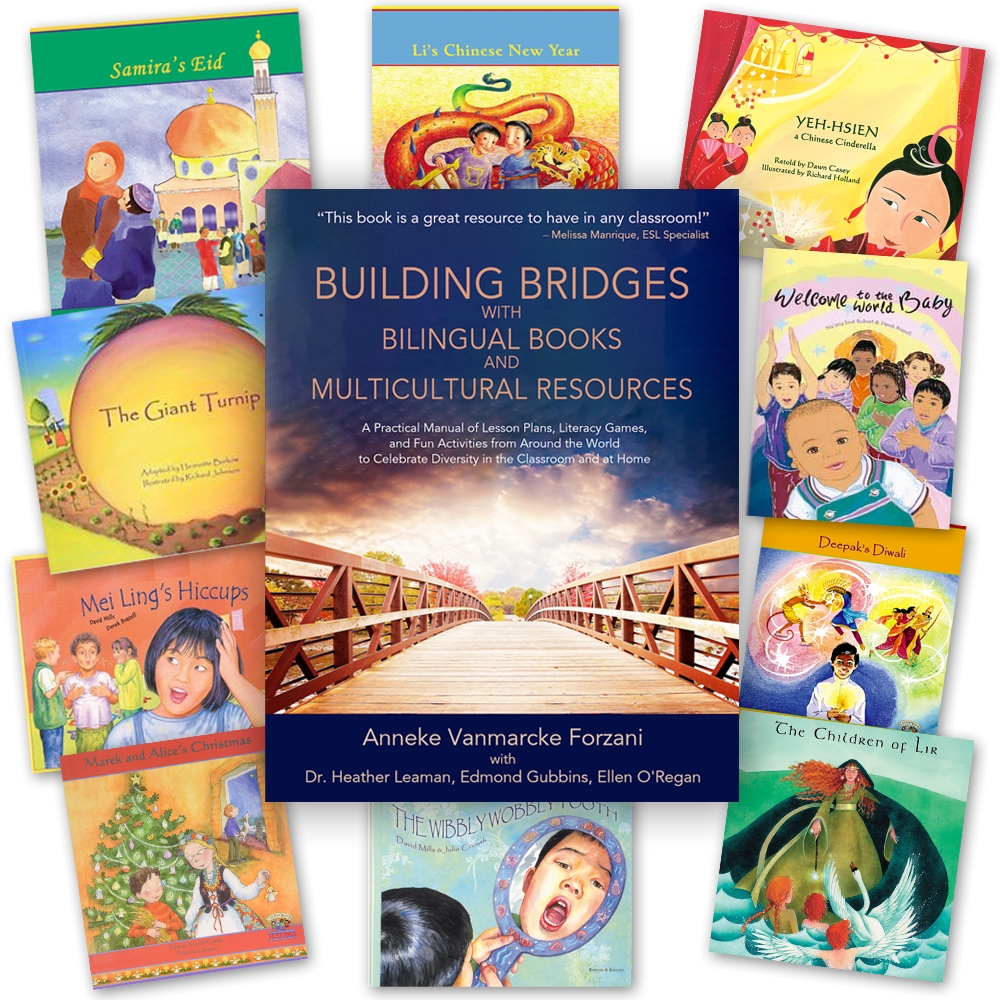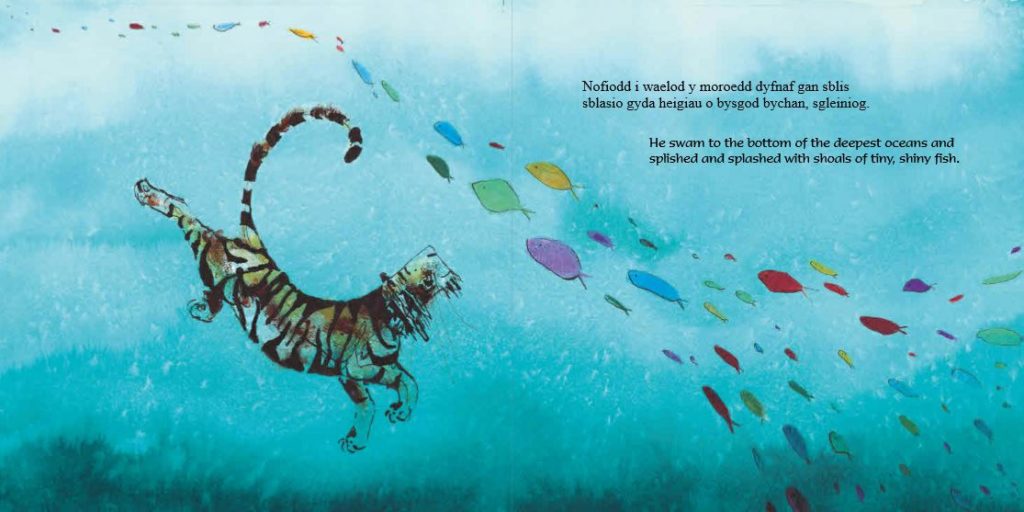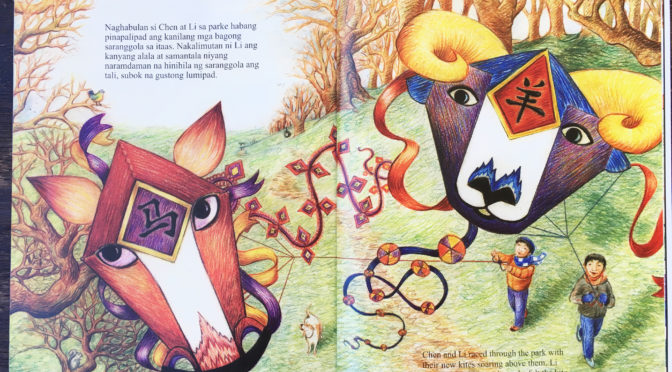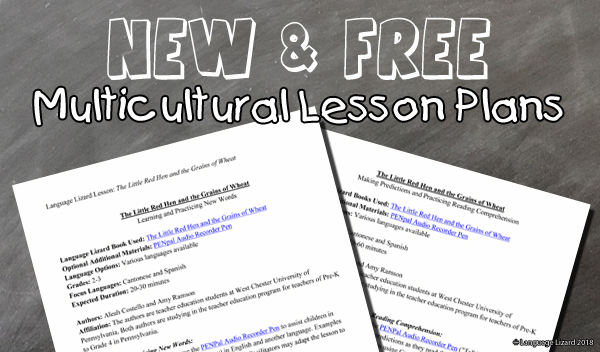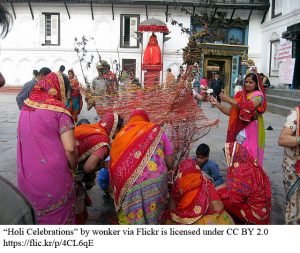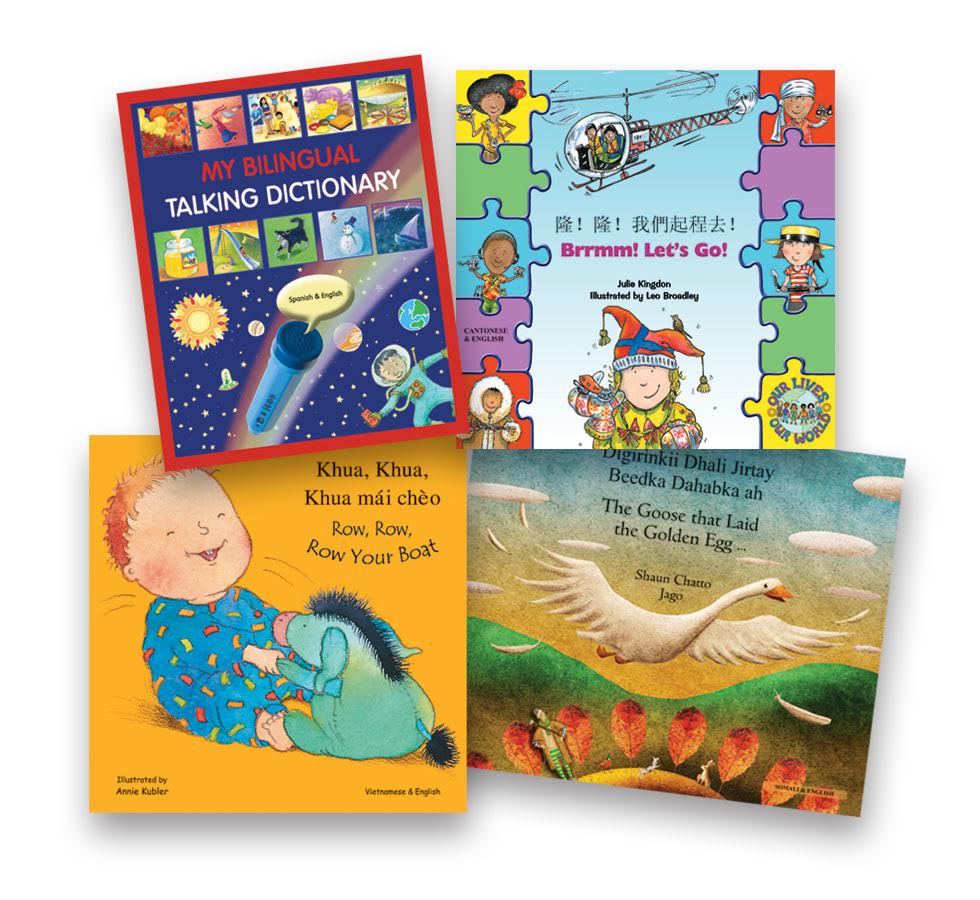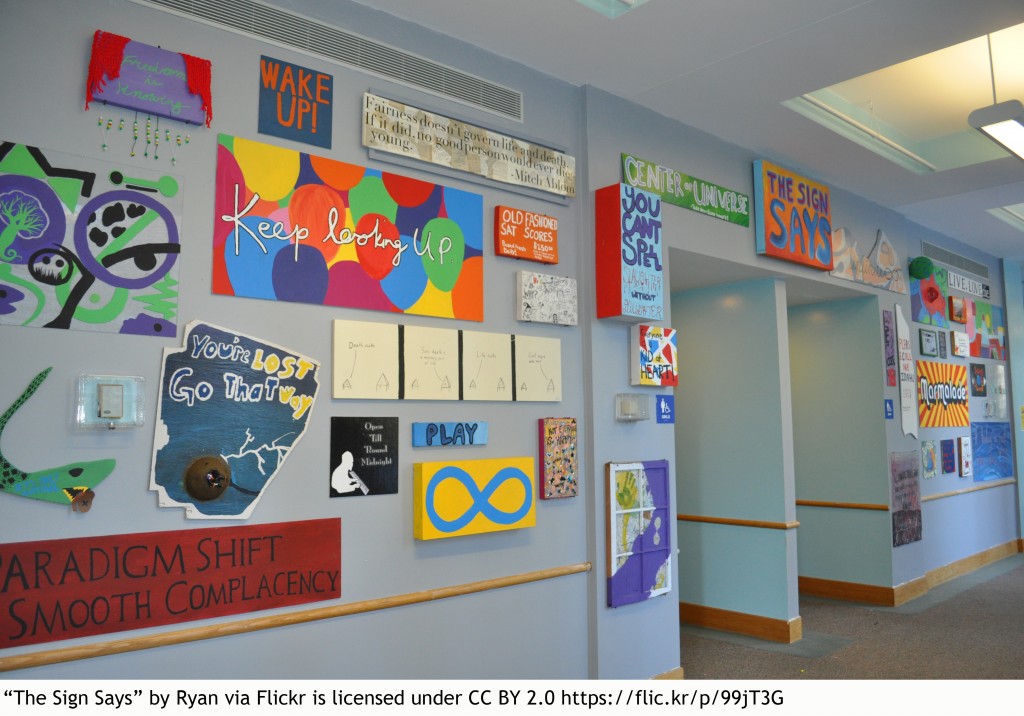Our newest educational resource, Building Bridges With Bilingual Books And Multicultural Resources is now available in a complete teacher's set. These sets are available in Spanish and Arabic, as well as a set with assorted languages. Read on to learn more about these sets. .......... CONTINUE READING
Book Reviews,
Classroom,
Language Lizard Announcements,
Lesson Plans,
Multicultural,
Teacher Resources,
February 29, 2020

